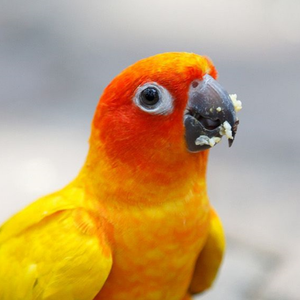Social 8: Fur Trade Booklet Notes
Description

|
Created by Riley Babuik
almost 6 years ago
|
|
Resource summary
Page 1
Castor Canadensis
The beaver is the national animal of Canada, and it represents industry and perseverance. It plays a big role in the history of Canada. Millions of years ago, glaciers covered all of Canada. When they melted, fur-bearing animals such as beavers inhabited the land. It is a large animal, being up to 1.3 meters in length and weighing almost thirty kilograms. Beavers built dams that have been almost 200 feet long and two meters high and are made of mud and sticks. However, it was the beaver's fur that helped start the fur trade in North America. Fur has been used as clothing for millennia. I symbolized wealth and power. A wedding dress for a French princess used almost 12,000 imported squirrel skins! As the fur supplies in Europe began to diminish, explorers went to North America to find new sources. Beaver fur is very dense and fine, which is ideal for making a fabric called felt. Beaver felt hats became a popular fashion in Europe during the 17th century. Some historians that the felt hats could be dangerous, as the hatters used a poisonous mercury compound that they breathed in. This slowly affected their brains, and that's where the saying "mad as a hatter" came from.
Page 2
Fur Bearing Animals
Due to the felt hat's popularity, there was high demand for hunting and trapping the beaver and several other animals. The value of an animal's fur depends on the change in the fashion industry. These animals included: fox, marten, mink, seals, otters, muskrats, skunks and bison. Martens, mink and otters - These are a part of the weasel family. Most mink now come from fur ranches, which means that the animals are raised and bred in captivity. Fox - Comes in a variety of colours from yellowish red to silver grey. The most valuable is black and comes from the northern parts of the world. In England, fox hunting was a tradition for hundreds of years but is now banned by the government because people think it is cruel. Bison - They provided many essential things for the Natives people such as food, clothing, tools, tipi covers, and even fuel. The bison population went from 60 million to almost extinct around the 1800s. Now bison are mainly raised for their meat.
Page 3
Discovery and Exploration
The Europeans had known North America for centuries. Ancient Celtic legends told of crossing the Atlantic Ocean in search of "The Land of Promise". European fishers made trips to an area called the "Grand Banks" to fish. They would come ashore to dry and salt their fish before going back to Europe. Soon they made contact with Native groups and traded for things from their culture. Giovanni Caboto(John Cabot) was an Italian explorer was sent by the English King Henry VII to claim land for England. He claimed land that is now Newfoundland. English fur traders wanted control of all trading in the area. Jacques Cartier was sent by King Francis I of France to explore beyond Newfoundland. He was searching for a shortcut to Asia. He never found a shortcut, but he made contact with the Iroquois by the St. Lawrence River. Cartier took two Iroquois leaders back to France to convince the King that more exploration to North America was needed. On another trip, Cartier and his crew became sick with scurvy, but the Iroquois helped them with a cure they had found. They cure was boiling the bark of a birch tree. Between the years 1534 and 1543, Cartier had made three trips to North America. He tried to establish a colony but failed.
Want to create your own Notes for free with GoConqr? Learn more.
